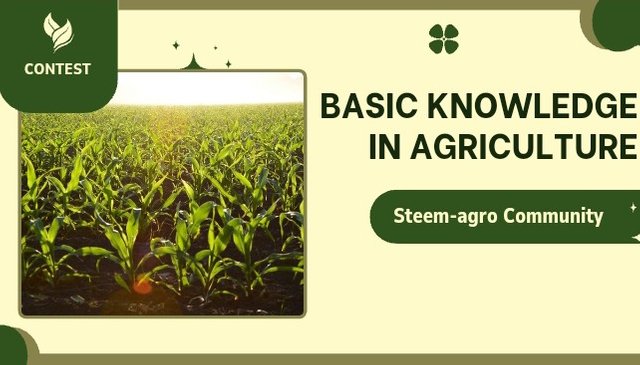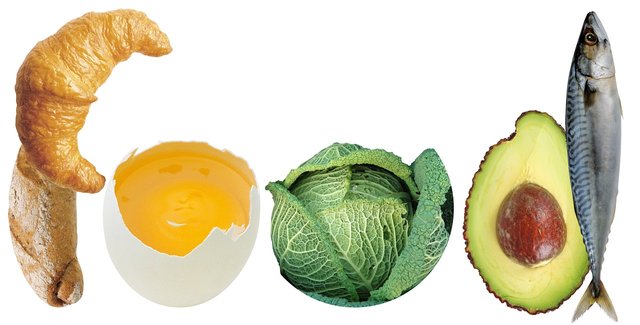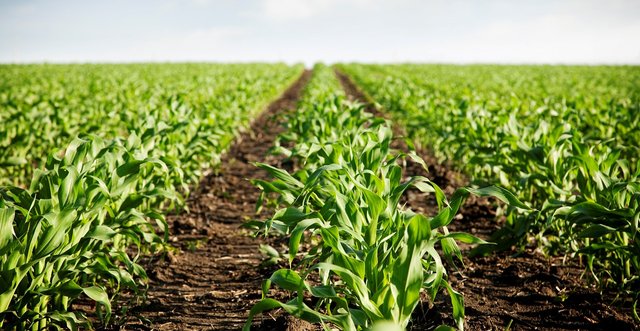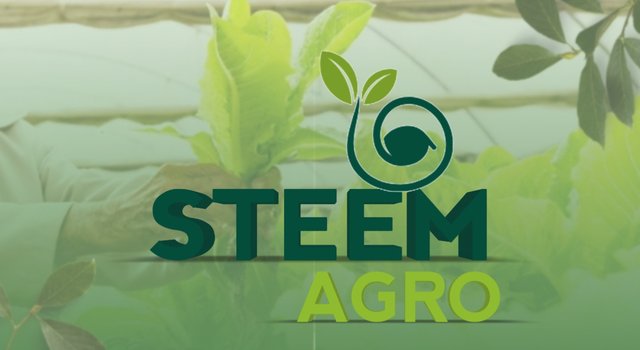
Hi friends!,
If agriculture goes wrong, nothing else will have a chance to go right. Do you agree? Just imagine a world without agriculture, what else can ever go right if agriculture goes wrong?
Let's share ideas in this contest topic...
In your own words, what is photosynthesis, and what importance is it in agriculture? |
|---|
The word "photo" comes from a Greek word that means light. "Synthesis" refers to making something by combining different parts. Therefore, "photosynthesis" means "to combine using light." This process can only change light energy into food with the help of chlorophyll, a green pigment found in the chloroplasts of plant cells.
Photosynthesis is how green plants create their own food using sunlight. This process is essential for life on Earth. If photosynthesis didn't exist, there would be no green plants, and without them, animals could not survive.
For photosynthesis to happen, plants need sunlight, chlorophyll, water, and carbon dioxide. Chlorophyll is found in all green plants, mainly in their leaves. Plants absorb water from the ground and carbon dioxide from the atmosphere.
Photosynthesis is crucial because nearly all living organisms rely on plants for food. It also plays a key role in producing oxygen, which humans and animals need to breathe and live. Additionally, some organisms besides plants can create their own food using photosynthesis.
Photosynthesis is essential for farming. It enables plants to convert sunlight into food, which supports their growth. It also supplies nutrients to the plants.
The release of atmospheric gases: During photosynthesis, plants take in and release gases, which helps them produce sugar for food. This process is essential for keeping the atmosphere healthy and supporting life.
What are the key essential nutrients required by plants, and what role does each of them play in plant growth? |
|---|
Nutrients for plants are divided into 2; the primary nutrient and the secondary nutrients.
| Primary Nutrient | Secondary Nutrients |
|---|---|
| • Phosphorus | Calcium |
| • Nitrogen | Magnesium |
| • Carbon | Sulfur |
| • Potassium | ---- |
| • Oxygen | --- |
| • Hydrogen | --- |
Nitrogen is essential for promoting healthy, green growth in plants. It is a key part of proteins and is found in every living cell. This makes nitrogen more important for plant growth than other nutrients. Within the plant, nitrogen turns into amino acids, which are crucial for building proteins. Since all enzymes are proteins, nitrogen is vital for the chemical reactions that occur in plants. Additionally, nitrogen is a component of chlorophyll, which plays a direct role in photosynthesis, helping plants create and utilize carbohydrates. It is also a part of plant DNA.
Phosphorus plays a key role in how plants use energy. If there isn't enough phosphorus, the carbohydrates made in the leaves can't move to the flowers or growing fruits, nor can they be stored in roots or bulbs. Phosphorus is often linked to flowering, fruit production, and storing carbohydrates in tubers and roots.
Potassium is important for photosynthesis and helps manage cell firmness, breathing, and water flow in plants. It also regulates the opening and closing of stomata. Proper potassium fertilization allows plants to handle drought better, boosts their resistance to diseases, enhances their ability to survive winter, and improves the quality of crops.
Secondary Nutrients
Calcium helps plants grow by supporting root and leaf development. It creates compounds that are essential for cell walls and makes the plant stronger. Calcium lowers plant nitrates by activating enzyme systems that break down organic acids. It also encourages root growth, makes molybdenum more available, and aids in the absorption of other nutrients. Additionally, it boosts yields by lessening the harmful effects of aluminum and manganese in the soil.
Magnesium is a key component of chlorophyll, which means it plays an important role in photosynthesis. This nutrient also helps with phosphate metabolism and plant respiration, and it activates various enzyme systems.
Sulfur is important for making proteins, just like nitrogen. It is a key part of three amino acids: methionine, cysteine, and cystine. You can also find organic sulfur compounds in certain plants like garlic, onions, and cabbage, which give these vegetables their unique smell and flavor.
Briefly explain this terminologies; ¹"mixed farming" and ²"crop rotation." |
|---|
Mixed Farming involves using different types of agriculture on one farm. For instance, a mixed farm might produce crops for people to eat and also grow feed for animals. It may include space for raising animals or producing milk. This approach benefits farmers because the different activities work well together. Farmers rely less on purchasing items like feed, and they use their land more effectively.
Crop Rotation involves planting different kinds of crops in the same field over several seasons. This method prevents the soil from being depleted of specific nutrients. It also helps to reduce soil erosion and boosts soil health and crop production.
Explain three (3) roles of agriculture in your country. |
|---|
Agriculture plays a significant role in Nigeria's economy, providing around 35% of all jobs in 2020. According to FAO agriculture still stands as the headway of the Nigerian economy.
Means of livelihood: Nigerians rely on agricultural products for their food. This includes crops, livestock, and poultry, all of which are essential for survival. Without these agricultural goods, it would be difficult to live. They enable people to feed themselves.
Eradicate poverty: People recognize the importance of farming, leading to more crop growing. Many now have small gardens at home to grow and sell their produce. This allows them to grow their own food and earn money for other expenses.
Provides raw materials: Raw materials are essential for the global economy. A lot of manufacturers need them to create products. Nonagricultural raw materials include items like steel, minerals, and coal. Many raw materials also come from agriculture, such as lumber for building and herbs for flavoring food. For instance, corn is used in food production and is a key ingredient for ethanol, a fuel type.
Thank you friends,see you in my next entry!
I invite @tripple-e @basil20 @emmy01



Welcome to steem-agro!
MODs Comment/Recommendation:
Interesting content. I can see that you've got ideas on agriculture and with all the informations you shared, I am sure to have learned one or two things from you. I wish you all the best as we wait for the result!
Remember to always share your post on Twitter using these 3 main tags #steem #steemit $steem

Downvoting a post can decrease pending rewards and make it less visible. Common reasons:
Submit